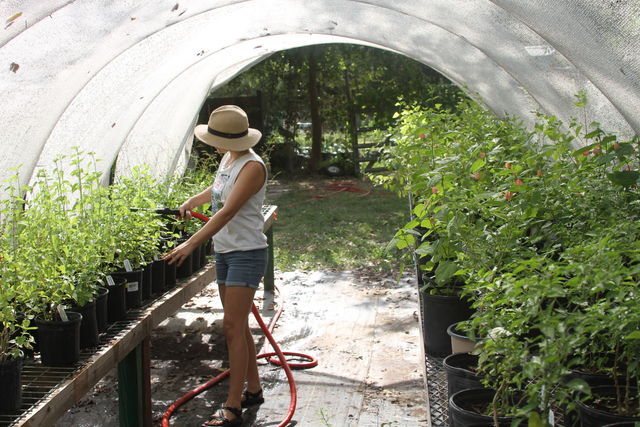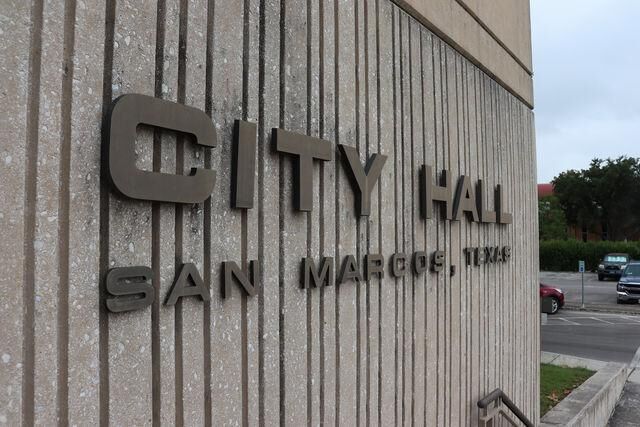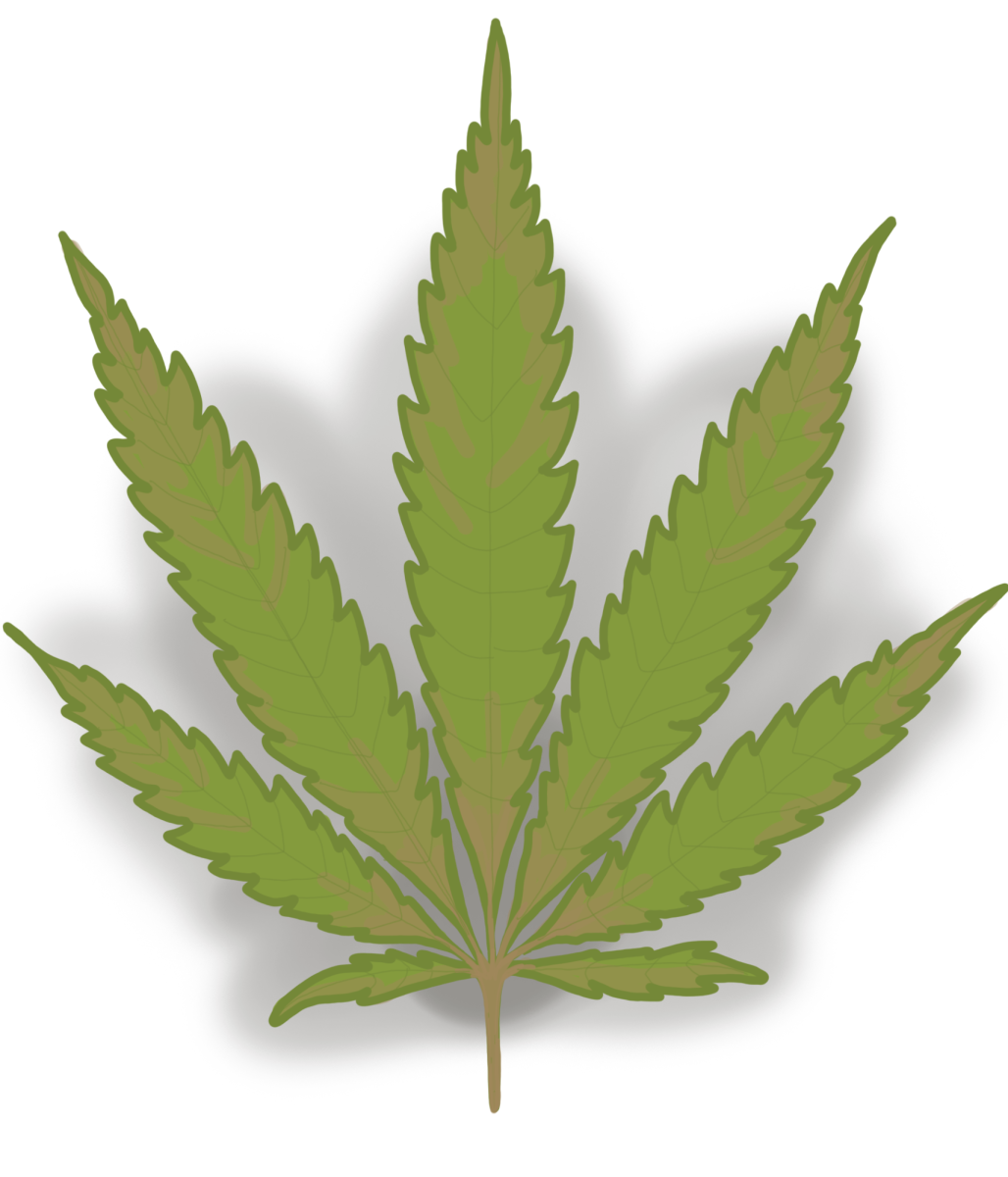San Marcos participated in a community-based biodiversity study that revealed where native pollinator habitats can be placed to best aid in the conservation of monarch butterflies, a species in crisis.
The San Marcos Parks and Recreation Department is among the three participants of the September 2020 “Parks for Pollinators” Bioblitz randomly selected winners of the national competition.
The competition, held by the National Recreation and Parks Association and the Scotts Miracle Gro Foundation, awarded its grand prize to the DuPage Monarch Project in DuPage County, Illinois, which included $1,000 and a Scotts Miracle Gro prize pack valued at $600.
The winners of the two additional packs include the San Marcos Parks and Recreation Department and the Bismarck Parks and Recreation District in Bismarck, North Dakota.
The competition saw participants from 24 states and a total of 57 city, state, or park agencies and like-minded organizations, which were able to record about 19,500 total observations of thousands of pollinator species and their supporting plant life.
Almost 2,300 individuals contributed observations around the country, while about 3,000 experts served to properly identify the recorded species using iNaturalist—a website and app working as a global network connecting researchers and citizen scientists.
San Marcos, with the help of 105 observers and 160 identifiers, recorded a total of 1,214 observations, 458 species and 1,943 identifications.
DuPage had 979, 313 and 1,357, respectively; Bismarck ended with 304, 148, and 478.
The data collected can now be used at the local, state and national levels to make informed decisions on how to approach pollinator conservation.
Discovery Center Specialist Conrad Chappell says this year’s “Parks for Pollinators” was the first Bioblitz the city has conducted, and it vastly surpassed his expectations.
“I think it was great,” Chappell said. “It really just showed us that the community is eager for projects like this, and when things start to loosen up in terms of social-distancing, we’d love to have more of a debriefing at the end of these events and come together as a community.”
He says the information, as anticipated, works to highlight where pollinators and their corresponding plants are concentrated in the city, but most importantly, it shows where they aren’t, and where the city can expand on their habitats to promote population growth and resilience for native and migratory species.
In a video released by the Texas Department of Transportation, experts say they found in recent years that between 2–4% of migrating monarchs die each year in the state due to auto collisions.
Ross Winton, the invertebrate biologist at the Texas Parks and Wildlife Department, says the number doesn’t sound significant, but for a species whose population has been in steady decline in recent years, 2–4% becomes a larger portion of the population every year.
“Texas is a funnel, both as they’re heading north and as they’re coming south— especially south Texas,” Winton said, explaining that as the butterflies become more concentrated inside the funnel, they become more susceptible to being affected by habitat loss, weather changes, pesticides and now the state’s main roadways.
In 2014, the monarch butterfly, whose overwintering population in Mexico dropped 82% from 1995-2018, was petitioned for protection as a threatened species under the Endangered Species Act. However, after a delay in the initial decision by the U.S. Fish and Wildlife Service meant to take place in June 2019, the decision was pushed to December 2020.
To be listed as threatened or endangered under the act, the plant or animal in question must be faced with obstacles like disease or predation, the destruction of its habitat, overutilization in commerce, science and academia and any natural or manmade factors directly impacting the organism’s population health.
The monarch butterfly satisfies most of the requirements, and once protected, would be afforded a slew of benefits, including the protection of its habitats around the country and a splurge of federal funding to state and local agencies focused on the improvement and implementation of its conservation efforts.
Mike Quinn, a curatorial associate for the University of Texas Insect Collection, participated in San Marcos’ Bioblitz last month and says Bioblitzes are especially useful because entomologists and botanists have historically relied on the observations of enthusiasts to identify where rare, invasive and migratory species might be located.
“There’s a large camaraderie aspect among participants, so it’s social as well as biologically enriching,” Quinn said. “All the data reported to iNaturalist is available to professionals, whether they actively participated or not.”
That data, like in the case of the monarch butterflies, can be used to focus conservation efforts on specific local, state and national regions such as public parks.
Winton, Chappell and Quinn all say the most important thing citizens can do to help promote an increase in the populations of monarchs and other pollinators, is to buy, plant, grow and protect native flowering plants. In Texas, this means plants like various milkweeds, Texas sage, Indian paintbrush, pecan trees and bluebonnets—those native to the Texas Blackland Prairies of which, according to Winton, the TPWD estimates only 1% remain compared to the total before human settlement.
“A pollinator is defined as anything that moves pollen from one flower to another, so they’re basically aiding in the reproduction of a plant,” Winton said. “As we’ve lost habitat in Texas—both in the spring and the fall—it really limits the resources available out there [for pollinators].”
Chappell and the Discovery Center are aware of the necessity for more native plants in Texas to help support the continuation of monarchs. Due to this, they host a yearly native plant sale to encourage San Marcos residents to do their part. This year the plant sale began Oct. 5 and will run until supplies last. Those who purchase plants will need to drive to the Discovery Center for curbside pickup.
Chappell says the Discovery Center does not have an exact count of how many plants are available, but there are between 70-80 different species of native flowering plants, including those that bloom in the fall and in the spring, keeping in mind the monarch migration back north.
“The range of what’s considered native to this area is most of the time much larger than a city, even at times larger than a state,” Chappell said. “The reason that those are important is because it’s okay to assume that they’ve been around for thousands, if not tens of thousands of years here in this area, and what happens is these plants form a relationship with the wildlife and environment.”
Winton echoed Chappell’s point, saying the reason migratory routes develop in the first place is because of the historically suitable environments for the animals passing through, and when human development does away with the resources migratory animals require, they are quickly in a crisis.
Winton says having native flowering plants in people’s yards and various public spaces throughout the state in what he called “pocket prairies,” would work to resemble the nearly lost naturally occurring prairies in Texas, potentially saving monarchs and other migratory species from future population loss and potential extinction.
“While a subdivision might be built over 200-300 acres of Blackland Prairie East of San Marcos, pocket prairies would provide a little bit of habitat that’s still there to keep those migratory species active and persistent and still migrating year after year, even if that habitat isn’t as in-tact as it used to be,” Winton said.
For more information on pollinators and monarch butterfly conservation visit the Texas Parks and Wildlife Department website.
Biodiversity study reveals promising ways to mitigate monarch population loss
Alex von Rosenburg tends to plants at the San Marcos Discovery Center, Monday, Oct. 12, 2020, in preparation for purchases. According to TxDOT, the population of monarchs overwintering in Mexico dropped 82% from 1995-2018. Only 1% of Texas Blackland Prairies, their historically vital habitat, remain.
Your donation will support the student journalists of Texas State University. Your contribution will allow us to purchase equipment and cover our annual website hosting costs.























